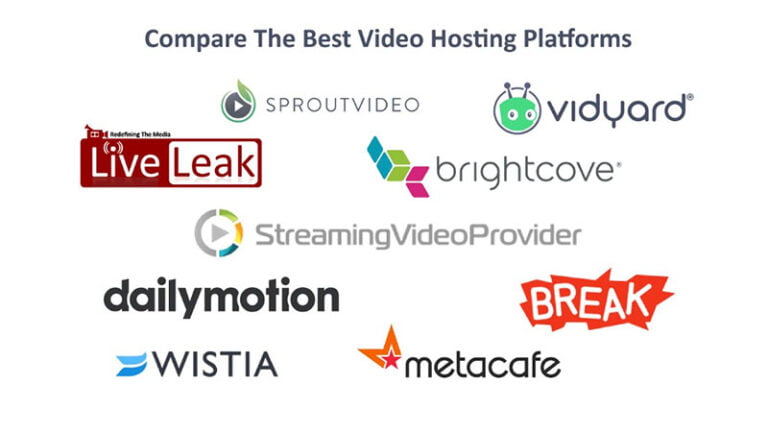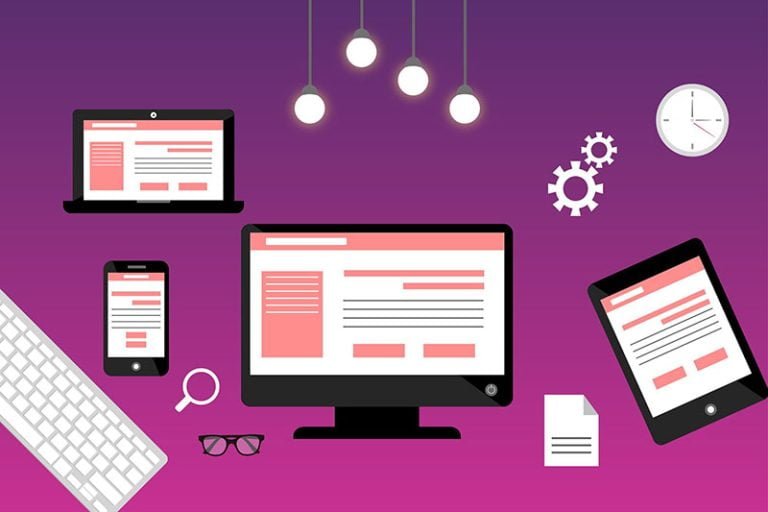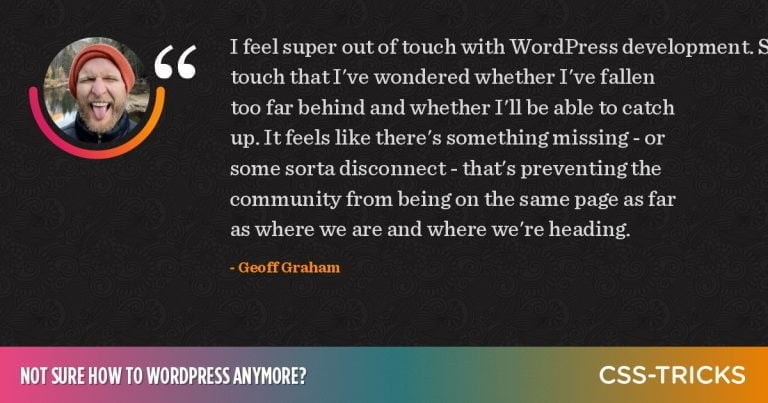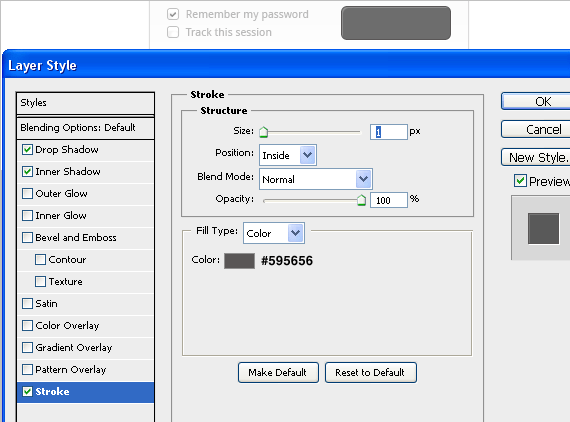Your business proposal may be intriguing and formatted in a way that will make it hard for anyone to refuse it, but how much effort did you put into your proposal email? In this article, we’ll explain how to write a great proposal email that will get you tangible results.
What is a business proposal email?
Table of Contents
A business proposal email is an email you send to potential clients in the early stages of the sales pipeline. It’s most commonly used in business-to-business transactions.
On some occasions, you’ll get a request for a business proposal, and other times you’ll have to send out cold emails describing your services. Business proposals that were requested often get sent with a very short email. Since the meat of the proposal is in the proposal itself, the same can not be said for unsolicited ones.
Unsolicited business proposals need to come with an engaging email that will encourage people to read your proposal. It must be effective if you want to gain a new client and grow your business.
A successful proposal has a clear objective, an attention-grabbing introduction, a succinct outline of your proposal, and ends with a CTA.


Tips for writing a proposal email
Think of your proposal email as a quick sales pitch. It needs to be presented in a way that will convince potential clients to buy from you. However, it also needs to be short. Don’t leave the most important piece out of the email, thinking you’ll entice your audience to reach out.
Put all of your biggest selling points in the email. Remember to focus on the benefits of your service and talk more about your clients than your company.
Start by creating a buyer persona. It’s a fictional representation of your customers based on data. In order to create a buyer persona, you need to know how old your customers are, their gender, education level, interests, buyer habits, and other behaviours and characteristics that could help you shape the persona.
The better you understand your clients and potential customers, the better you can target them and shape your sales strategy as well as the content.
You can gather that information through different analytics and insight, talking to your sales team, and interviewing your current clients. When a company has a clear and compelling sales process, it can be much easier for them to stay on top of the latest trends in their industry. This is essential since you want to know who are the people in charge of making purchase decisions for your services and products.
Those are the people you need to target, even if they differ from the people who will use your services.
Now that you know who to reach out to, you need to determine the goals and timescales. The only way you’ll get new clients is if they see that you understand their needs and can help them achieve their goals.
Think of this part as a proposal introduction or commonly called an executive summary. In this part, you need to answer the most common questions potential clients will have:
- How will you fix the problem your potential clients are facing?
- Which benefits will the potential clients receive from working with you as supposed to your competitors?
- What makes you the expert for these kinds of situations?
Make sure to include a timeline of your process. This could be said in a single sentence – “We will develop an optimized web application in 8 weeks and can get started on it as soon as you agree to our terms and pay the first fee.”
Once your potential clients read that part, they will be interested in the price. However, don’t jump into your pricing paragraph just yet. Firstly, show your expertise with a kind of social proof.
The question you need to answer next is – “What is unique about your approach and have you helped companies in these kinds of situations before?”
List some of your unique approaches, talents, the benefits of working with different people in your team, and so on.


From there you can go into your price. For this stage, you don’t need to offer a detailed breakdown of the budget, but give the potential client a number that they can work with. Later on, if they agree to work with you, you can give them a more detailed look into the budget and how it will be spent before you jump on a call with them.
End your email with a call to action. It needs to be worded in a way that lets your potential clients know what the next steps are if they want to work with you. After that sign off the email with your contact information.
Example of a good proposal email
Hello (name of your client),
My name is (name), and I am (title) at (company). I’m writing to you because I want to help you increase your revenue with a new mobile app. The mobile app will increase your sales by (estimated percentage).
Here is an overview of the process:
It takes 8 weeks to develop and test an optimized application that will have a great user face and will help you make more conversions.
The app will speed up the sales process and will help bring in repeated sales with push notifications, and an easy buying experience.
I’m linking a few case studies that show our previous successes and how quickly they achieved ROI.
We’re the best choice for app development because our team consists of developers, testers, QA engineers, copywriters and designers, which is rare these days.
The price of the project is (name your price), which can be paid in (number) of installments.
If you’re interested and want to find out more about our team or process you can contact us on this email or reach out on our social media.
Name
Contact information
Conclusion
No matter how amazing your proposal is, if it’s not presented in an engaging way, your potential clients won’t be encouraged to reach out and take you up on your offer. With our actionable tips, you’ll easily compose a winning proposal email that will help you win more business.
Make sure to always remember who you’re writing to and to put all your biggest selling points in the email.






